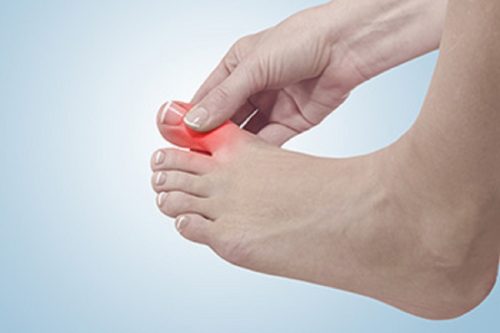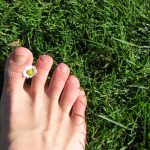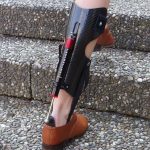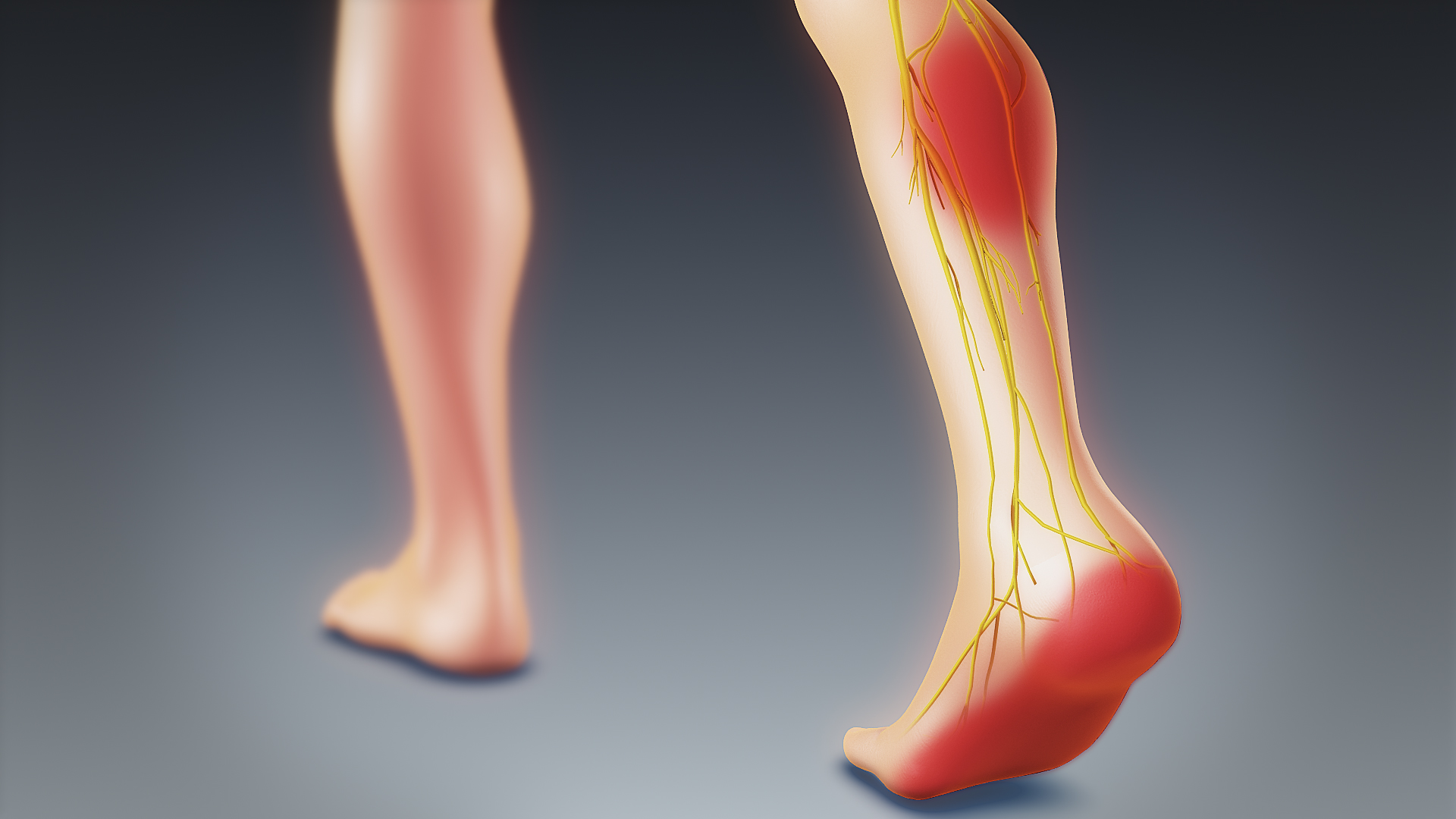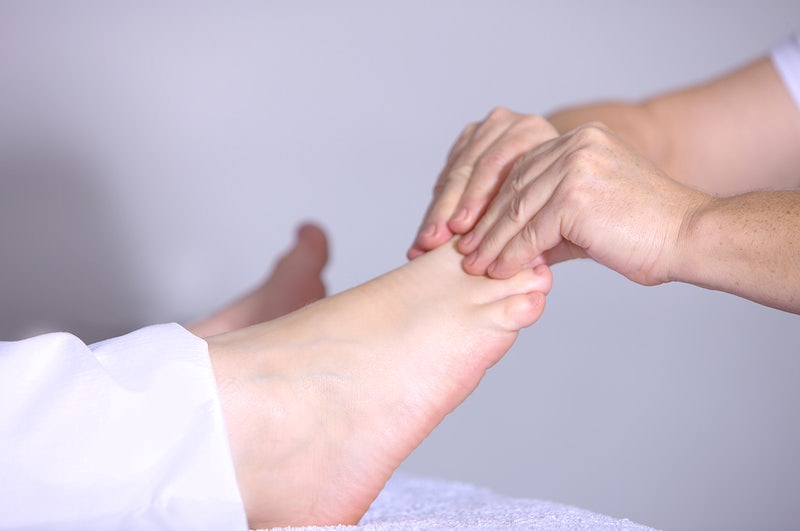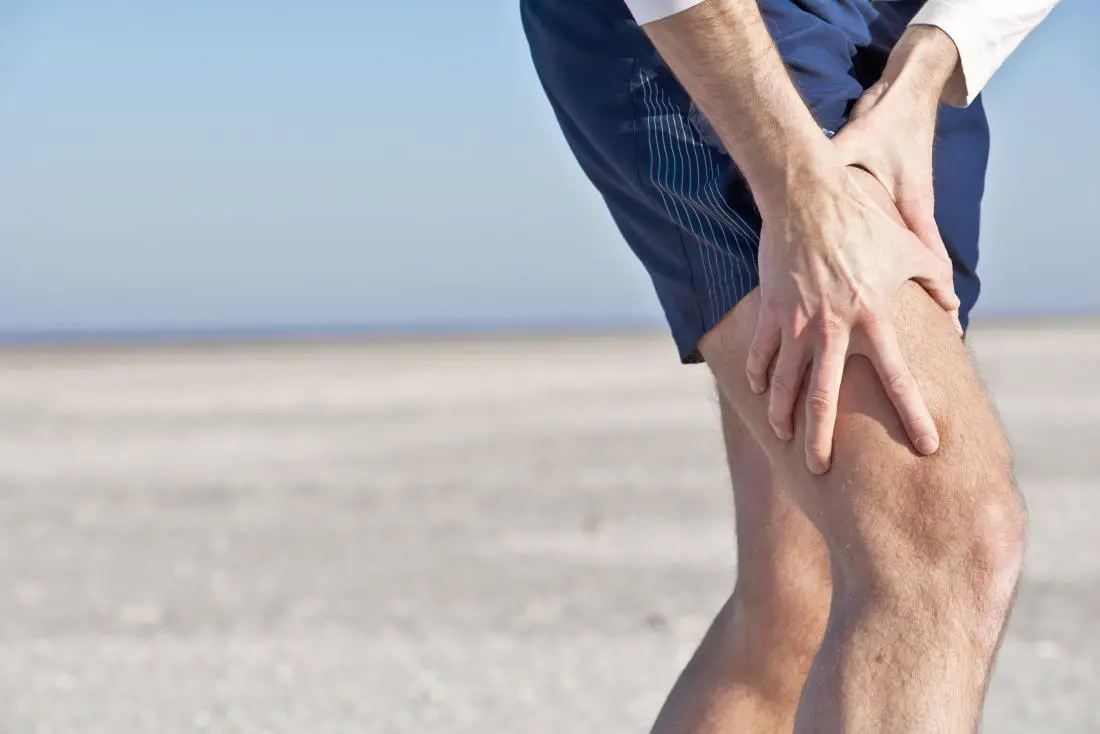Knowing that a person takes on average 7 steps per day (the World Health Organization's recommendation is 000 steps per day), a big toe pain can quickly become disabling on a daily basis. This is why it is essential to identify the origin pain to be able to provide effective and lasting relief.
Le big toe, scientifically called “hallux”, becomes painful in many circumstances. Very often, compression of a nerve is found. Known as a “trapped nerve”, this nerve compression can result wearing ill-fitting shoes ou to the presence infection, trauma ou of a joint pathology.
In this article, the possible causes of big toe pain will be discussed at length. You will also discover accompanying symptoms pain in the big toe as well as different solutions to remedy. At the end of the article you will find The answers to your questions on this disabling illness.
The 5 essential points
- The causes of big toe pain can range from simple calluses to dreaded chronic diseases.
- Trauma and infection can also cause big toe pain.
- Symptoms associated with big toe pain vary depending on its cause.
- Treatments for big toe pain include non-drug and medicinal means.
- In some cases, surgery is recommended to get rid of big toe pain.
What are the different causes of big toe pain?
Corns and calluses
The corns and calluses are due wearing unsuitable shoes. They appear when there is a lack of support associated or not with friction with the shoe.
Corns and calluses are usually observed at the level of the pulp of the big toe or on its outer edge. However, they may be found at the level of interdigital space (when there is friction between the big toe and the second toe) or in the nail furrows or even under the nail.
Gout attack
The drop is a chronic disease characterized by a increased uric acid level in the blood (hyperuricemia). This results in the uric acid crystal deposition on the joints causing inflammation on site (inflammatory arthritis).
Generally, it is the big toe joint (metatarsophalangeal joint) which is the first affected. Moreover, it is the main sign of a gout attack in an older adult man.
Hallux valgus
Le hallux valgus, also called " onion ", is a bone deformation during which the big toe deviates outwards. THE frequent wearing tight shoes or high heels with narrow toes and the poor foot position by excessive inward winding constitute the main causes of hallux valgus. In a quarter of cases, a hereditary origin is established.
Hallux rigidus
Hallux rigidus, which literally means “stiff big toe”, refers to osteoarthritis of the big toe. It is due to a deterioration of articular cartilage leading to bone friction.
Polyarthrite rhumatoïde
Rheumatoid arthritis is a autoimmune disease (a disease caused by the body's own immune system). It's a chronic inflammatory disorder affecting the heart, eyes, vessels and articulations. These become thick making it painful and stiff among others at the level of the hands and toes.
Infection
It is most often a nail infection, in particular theingrown nail. It is a nail that creates a skin intrusion, microbial entry point, entering the flesh.
Personalized bacteria of the staphylococcus family or champignons are the main ones infectious agents. THE people with diabetes and those with weakened immune systems (convalescent, HIV positive, etc.) are most at risk of catching this type of big toe infection.
Secondary Raynaud's syndrome
Raynaud's syndrome is a blood circulation disorder. It is said that he is “ secondary » when it follows an autoimmune disease (disease caused by the body's own immune system).
During this syndrome, a abnormal constriction of small arteries of the skin occurs during exposure to water or cold air restricting blood flow to the extremities (fingers, toes, nose and ears). Lack of blood circulation causes ulcerated wounds even a gangrene especially at the big toe.
Trauma
The big toe is subject to various traumas. He may suffer a contusion, a sprain, a dislocation, a crack or even a fracture.
Turf toe
Le turf toe is a sprain of the big toe usually related to sports. This is because a toe ligament injury occurs when the toe experiences excessive pressure during flexion. The name “turf toe” (“turf”: grass and “toe”: toe) comes from the fact that this ligament injury is common in sports played on artificial turf.
Stress fracture
Stress fracture occurs following performing repetitive movements or to cause of increased intensity on the big toe. It then appears a break in the bone. Runners are most at risk of developing this pathology.
Sesamoiditis
Sesamoiditis is a inflammation of the sesamoid bones. These latter, composed of two small bones, are located in a tendon which bends the big toe downwards.
Sesamoiditis is caused by acute or chronic trauma. It is common in sporting activities where you have to do swinging movements on your toes or jump like ballet or basketball for example.
What are the symptoms associated with big toe pain?
Depending on its cause, big toe pain can be accompanied by:
- painful radiation to the leg;
- discomfort, or even inability to walk;
- a wound ;
- a callus (corns and calluses);
- stiffness of the joint: the big toe is difficult to move (hallux rigidus or rheumatoid arthritis);
- swelling;
- a bump and widening of the forefoot (hallux valgus);
- redness and warmth of the skin.
Big toe pain: how to relieve it?
Non-drug means
- Mise en Place special orthosis : shoes or orthopedic insoles;
- Improvement of hygiene of life : wearing appropriate shoes, losing weight (in case of obesity or overweight) to reduce the pressure exerted on the big toe;
- Un repos with elevation of the foot is highly recommended;
- In case of corns or calluses: to soften them, dip your big toe in lukewarm water for 3 to 5 minutes several times a day. Then finish by detaching them using a pumice stone.
Medicinal means
The usual painkillers (like PARACETAMOL) are first-line treatments for big toe pain. If you suffer from a gout attack, the doctor prescribes nonsteroidal anti-inflammatory drugs (NSAIDs) to both relieve pain and reduce inflammatory arthritis.
In the event of infection, antibiotic or antifungal treatments will be necessary to overcome infectious agents.
In case the pain is persistent and disabling, a corticosteroid infiltration (steroidal anti-inflammatory drug) can be carried out. It is an injection given directly to the big toe.
Surgery
In case of'medication failure, surgical intervention should be considered.
As for hallux valgus, a corrective surgery helps realign the big toe.
Big toe pain: FAQ
What is the nerve that runs through the big toe?
This is the medial plantar nerve.
How does gout on the big toe manifest?
An attack of gout in the big toe presents as throbbing pain in the big toe. The latter is red, hot and swollen.
How to treat osteoarthritis of the big toe?
In the event of osteoarthritis of the big toe (hallux rigidus), the installation of orthopedic insoles is required to allow the foot to move smoothly. Analgesics or corticosteroid injections can be used to relieve pain.
To find out more, you can consult the publication by Dr Didier Mainard in the Revue du Rhumatisme Monographs on Hallux valgus, Hallux rigidus and sesamoid pathologies. You can find her here.
Reference
https://podformance.com/douleur-du-gros-orteil-voici-les-causes-et-traitements-possibles/
https://www.buoyhealth.com/learn/fr/big-toe-pain#treatment
https://amelioretasante.com/maladies-qui-causent-des-douleurs-au-gros-orteil/ https://sante.journaldesfemmes.fr/fiches-sante-du-quotidien/2442098-douleur-a-l-orteil-causes-symptomes-traitements/

